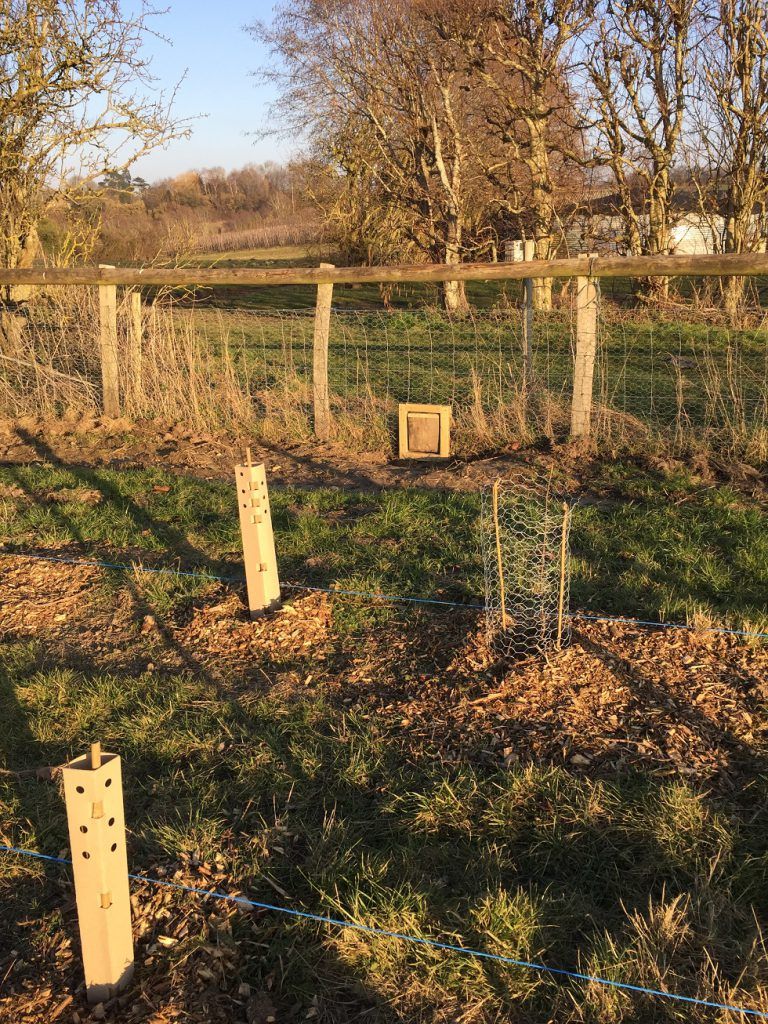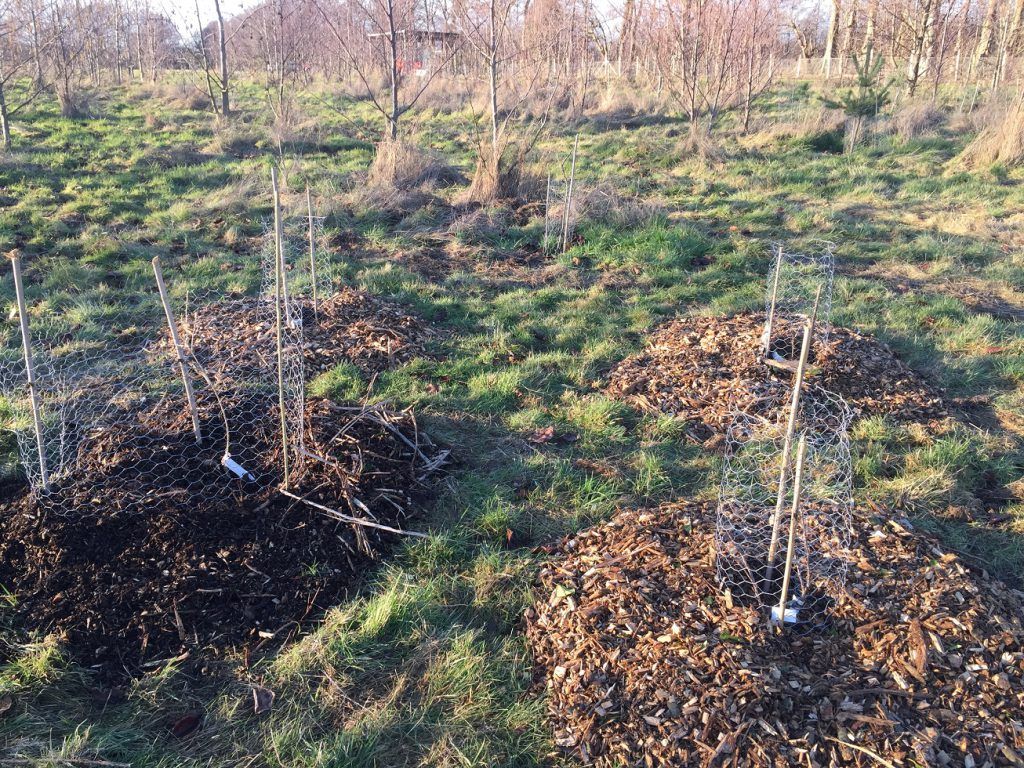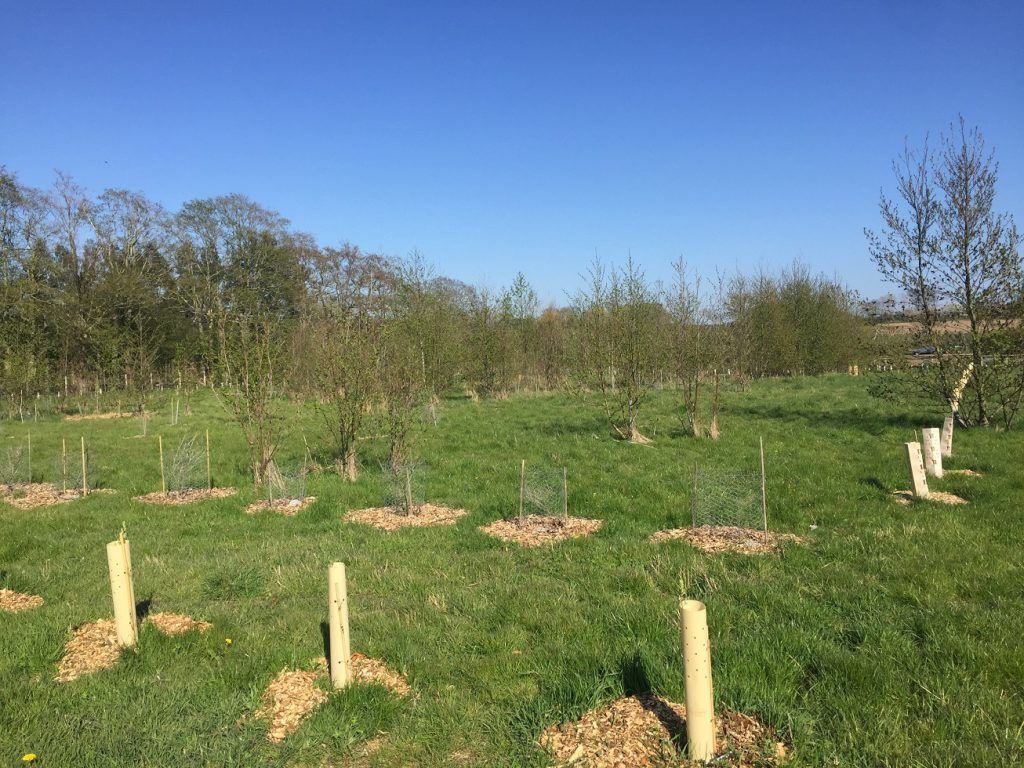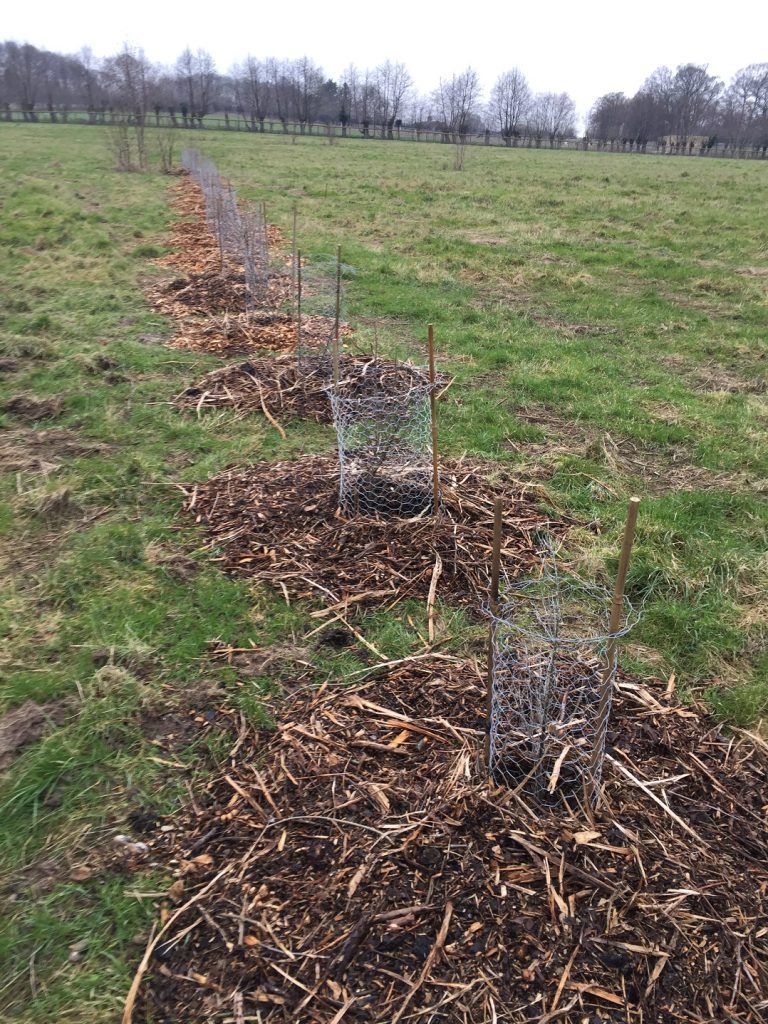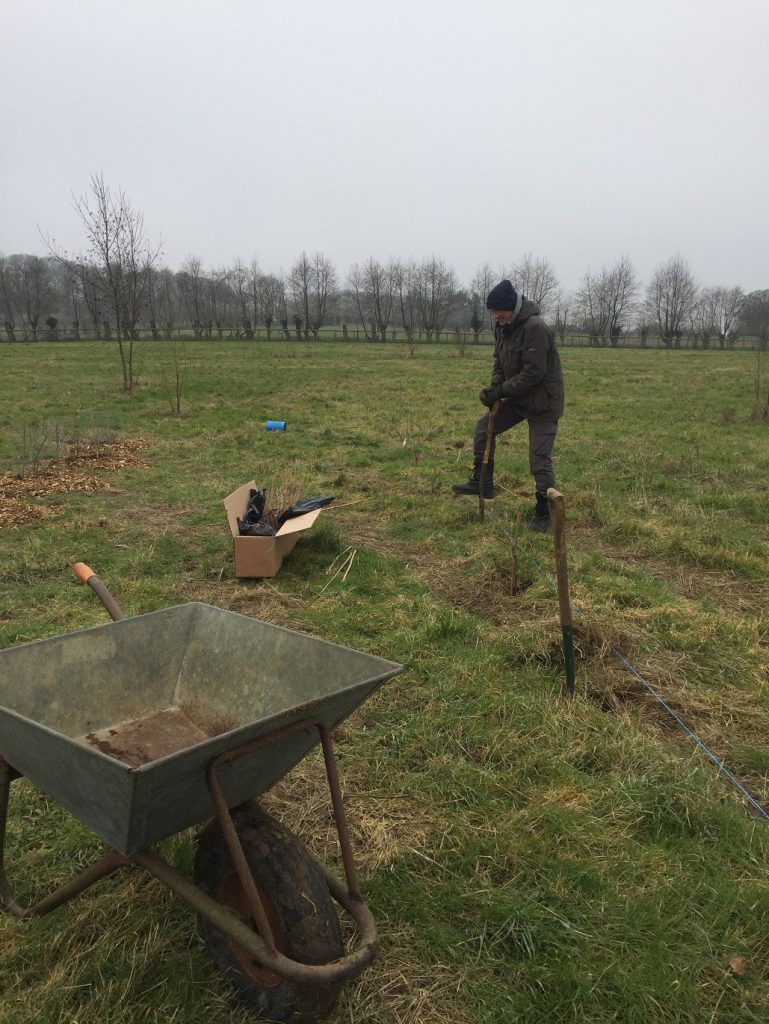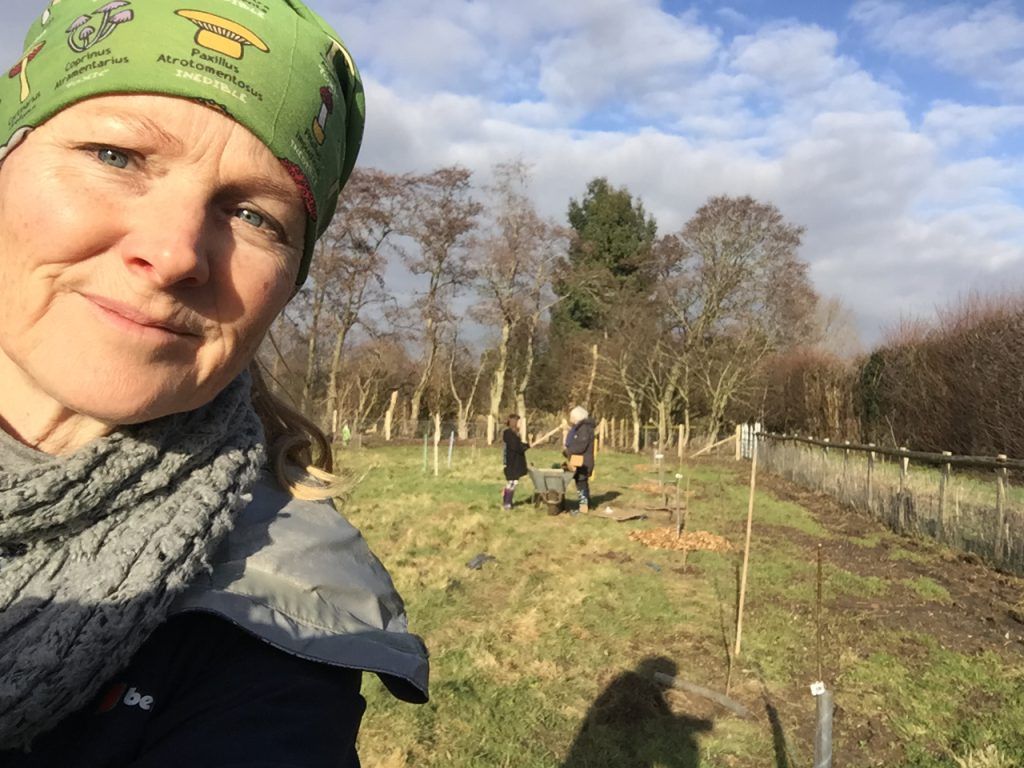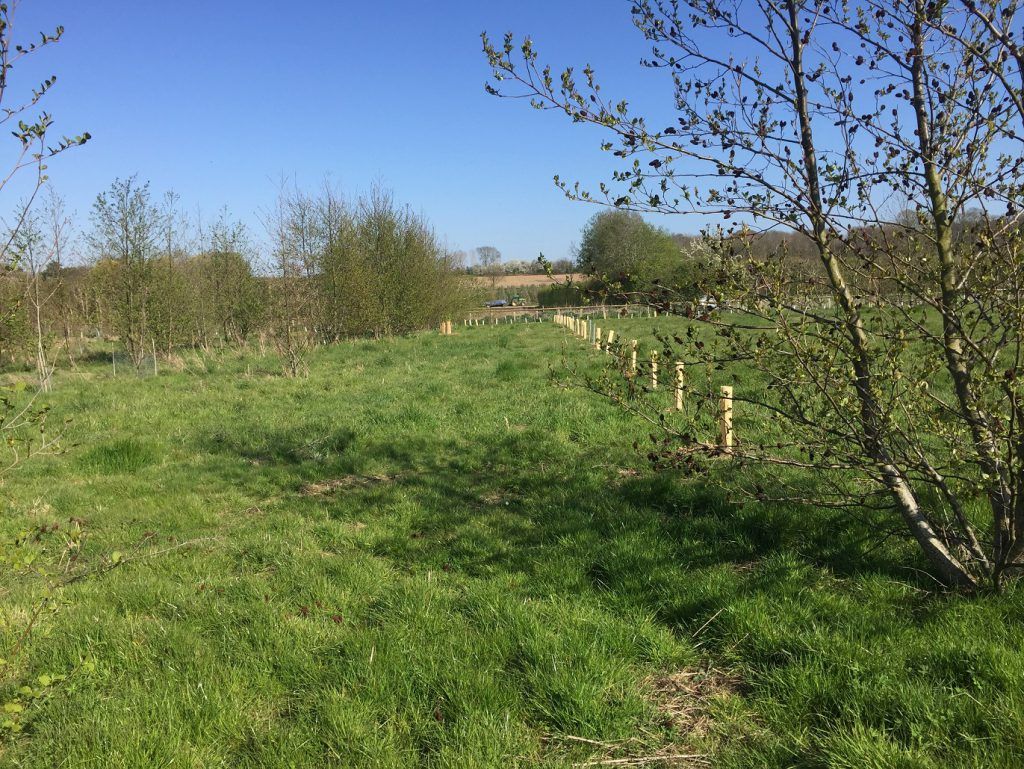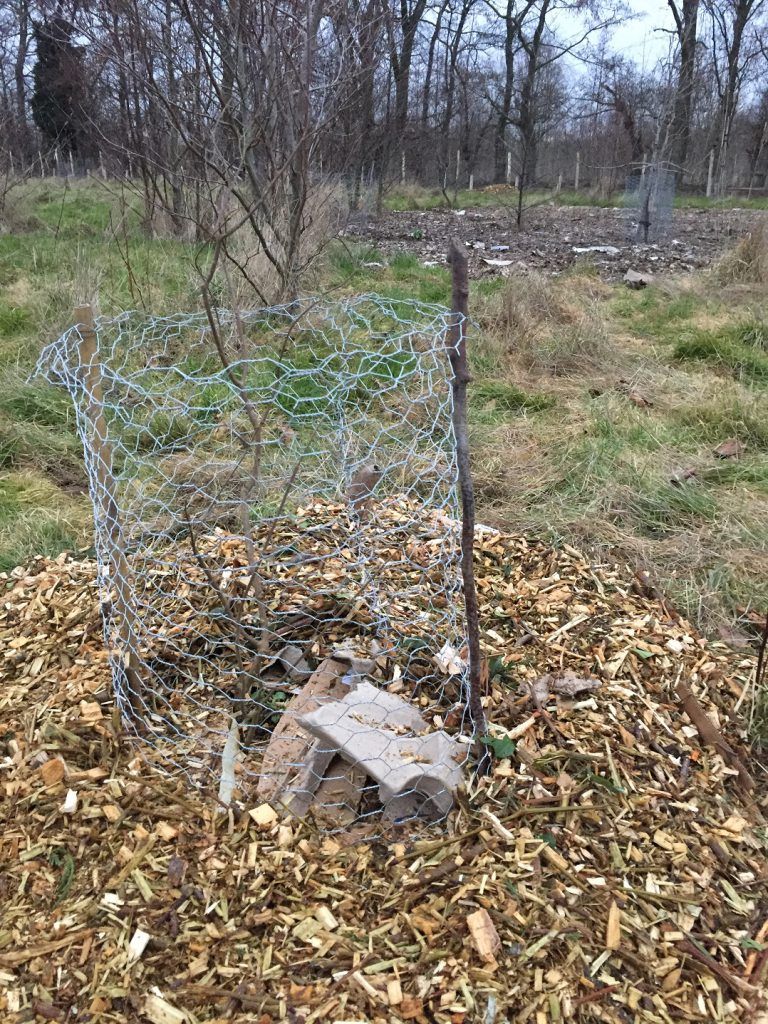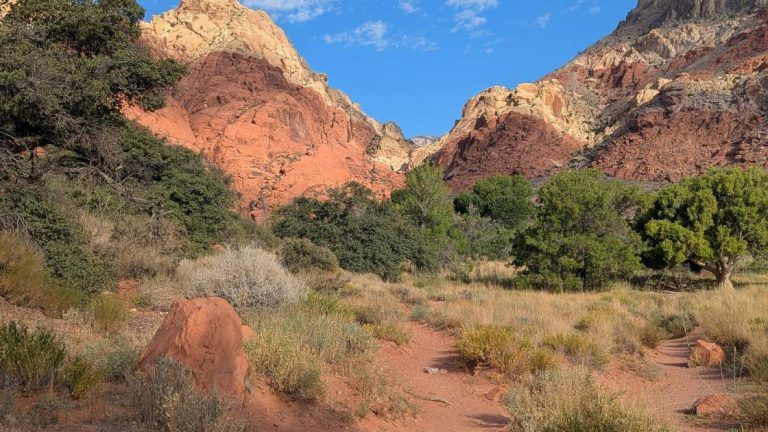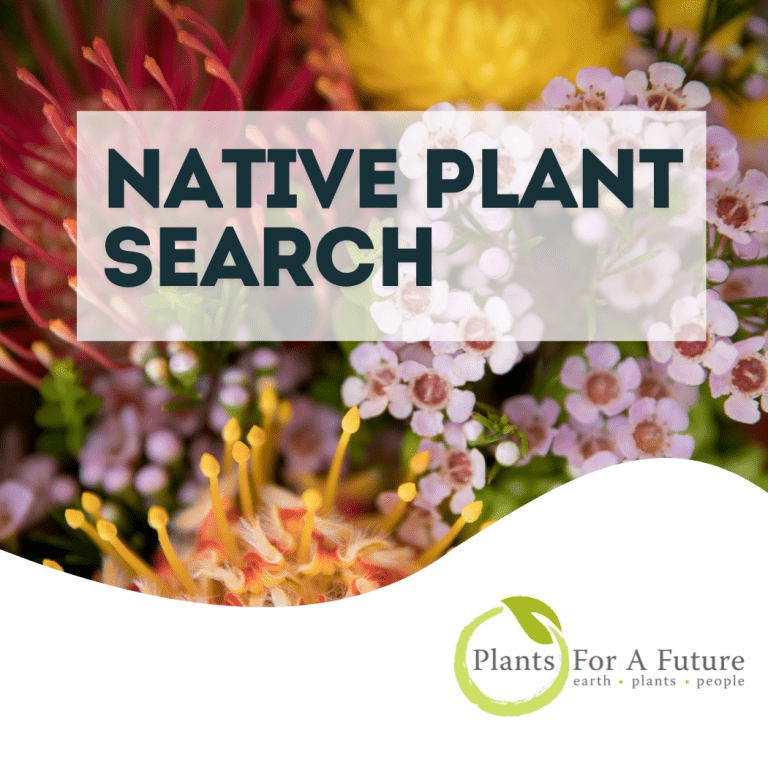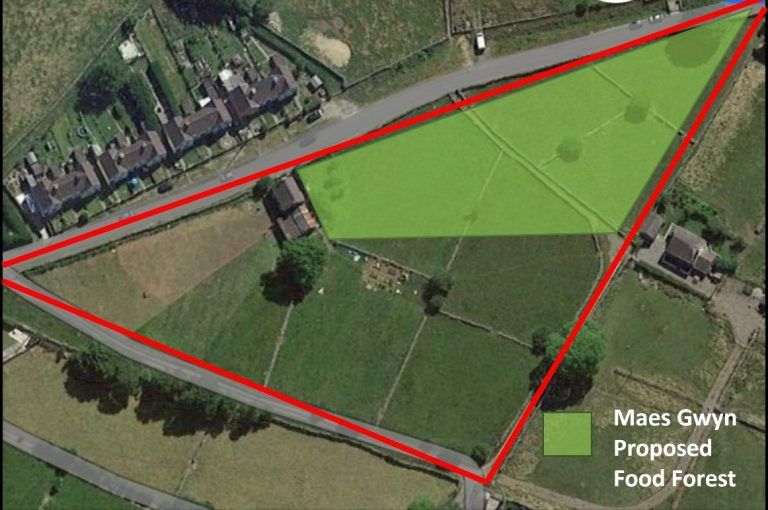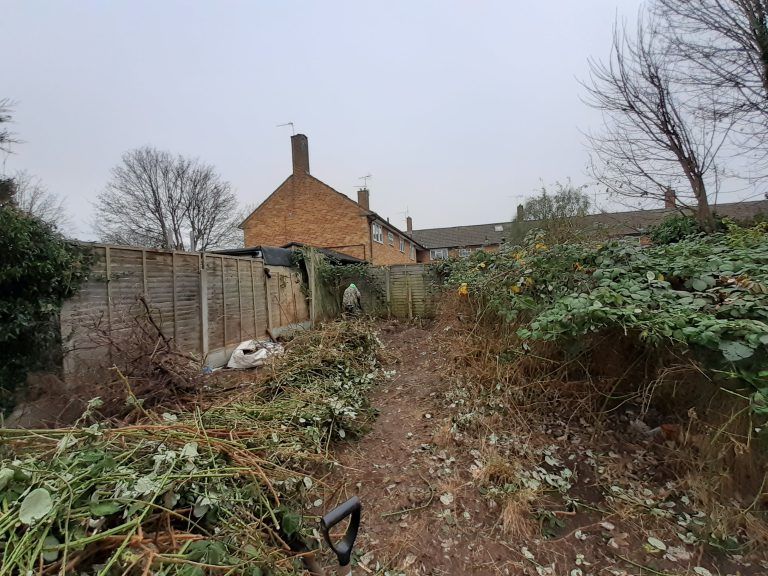By David Gearing, April 2023
Tree of Life Veganics in East Kent is a well-established enterprise with strong ethical principles, run by Jo Kidd and her partner Terry. Their objective is to create an off-grid vegan organic, biodiverse, climate resilient, no-till forest farm. They aim ‘to create a wildlife haven demonstrating how we can live and grow in harmony with the earth, whilst simultaneously farming to produce food, fibre, shelter and medicinal plants.’
The have established strong links with the local community, including other local growers and landowners, parish councils, schools and social enterprises. Regular volunteers help with seasonal tasks, part-time helpers stay on the farm on a WWOOFing basis, they run courses and workshops, and trade and collaborate with other local ethical businesses.
This is all entirely consistent with PFAF’s ethics and future vision. So when Jo approached us to see if we could help with start-up funding for a new food forest area they were planning, we were happy to agree to provide a grant from PFAF’s Food Forest Fund.
Starting in 2018 Jo and Terry had already achieved a great deal on a leased 5 ha site, but are now in the process of moving to a similar sized site a couple of miles away that they have been able to purchase with the help of loans from family and friends. The process of transition from the current site to the new site will take a year, and includes moving 250 semi-mature crop trees and some native woodland trees to augment the shelterbelts and hedges they intend to develop along all the boundaries of the new site. Funding had already been obtained for more boundary shelterbelt trees and for rabbit-proof fencing.
As well as a food forest, the overall plan for the new site includes alley-cropped areas and orchards; top fruit and nuts including hazels, walnuts, sweet chestnut, mulberries, sea buckthorn, apples, pears, plums, figs, with other perennial bush fruit and perennial vegetables and herbs in the alleys. There will also be a vineyard for juice grapes.
The food forest will initially occupy just over half a hectare, with the potential to increase in size later. The plot is located among existing self-seeded alder, which are nitrogen-fixing and provide a natural shelter belt for the plot. Initially small trees transplanted from the current site were imported: three apples, three pears, a crab apple, three figs, a Scot’s pine circle as a people space, seven cherries, two sweet chestnuts, two walnuts, six oaks, a circle of silver birch, three elders, two poplars, a black elder, and a willow. Some transplanted strawberries and aromatic herbs were also added.
Financial assistance from PFAF’s Food Forest Fund was requested to buy trees, shrubs and herbaceous perennials for the next stage of development of the food forest. A list of 45 different plants (200 items in all) had been drawn up from the Agroforestry Research Trust catalogue, to be planted over two winters: 2022-23 and 2023-24. We agreed to provide the funding requested in two annual instalments. The first year’s order, mainly trees, duly arrived in early February 2023 and were soon planted with the help of a few volunteers.
By then the rabbit-proof fencing had already been erected, but one early challenge came in the shape of a badger-sized hole in the brand-new fencing, which required the installation of a special gate made from heavy wood to allow the badger through, but (hopefully) not rabbits. Another issue is that the plot was grazing pasture with a lot of couch grass and creeping thistle, which is difficult to suppress with the usual mulch and cardboard approach around new plantings. But perhaps the most pressing issue is the absence of a water supply on site, which will be addressed when a new barn is built and a rainwater harvesting system set up. This hasn’t been a problem with the winter planting, but could become challenging once more herbs are added in the next couple of months.
With so many new plants and the continuing risk of predation, the efficacy of guards is important, especially since the enterprise strives to be plastic-free. Jo says that most of the cardboard guards look unlikely to last a year, far less than the up to three years claimed by the suppliers. She reports that the alternative organic cotton/pine resin ones seem to be holding up better but are not easy to use as, unlike the standard plastic spiral ones, they cannot be used with multi-stemmed trees as they cannot be opened up/made wider. They are using home-made rabbit netting guards on larger plants, but these don’t protect against strong winds – and pines seem to suffer with cold winds when very young.
It’s clear that Jo and Terry are well organised, committed, can-do people who are used to working through problems and challenges. We are looking forward to keeping in touch to see how their food forest and the other areas and facilities planned for their new site start to develop, and what role the food forest will play within their enterprise as a whole.
